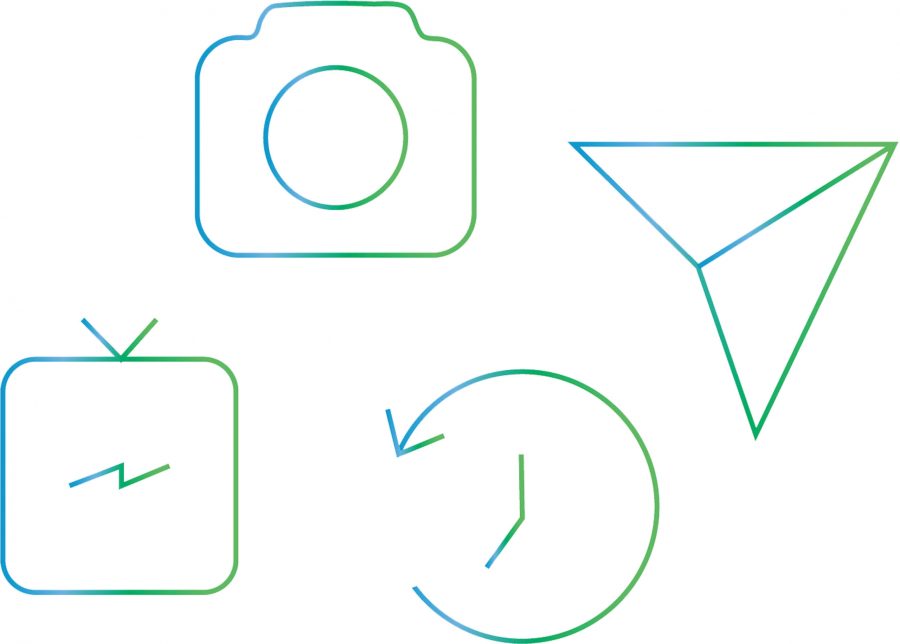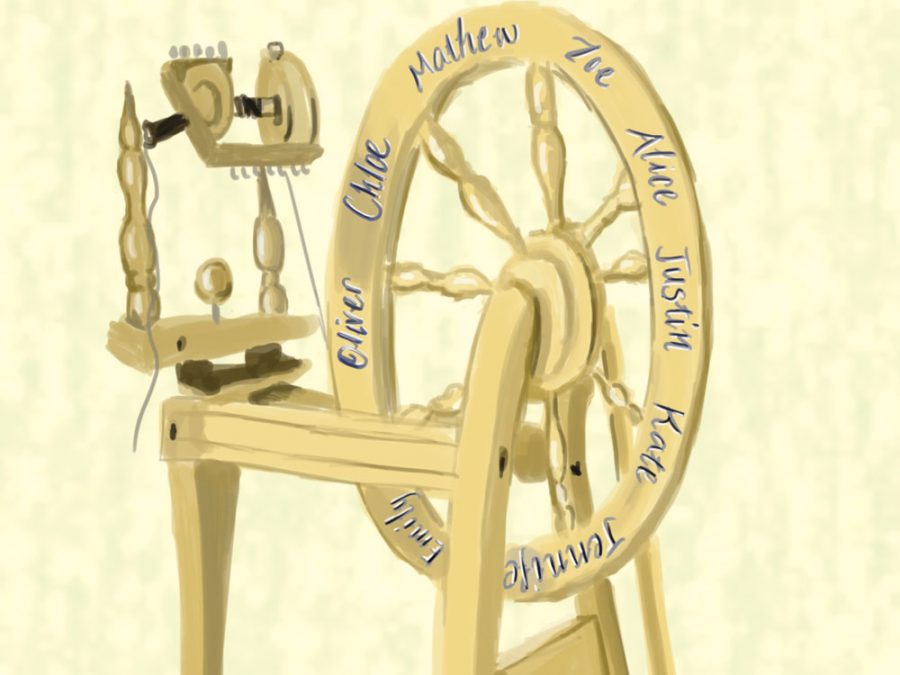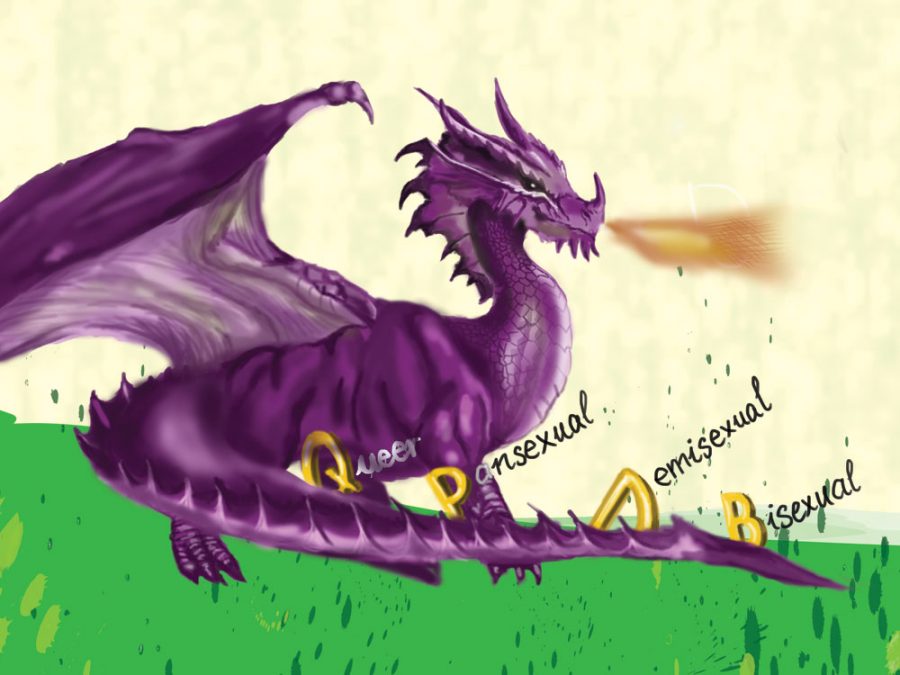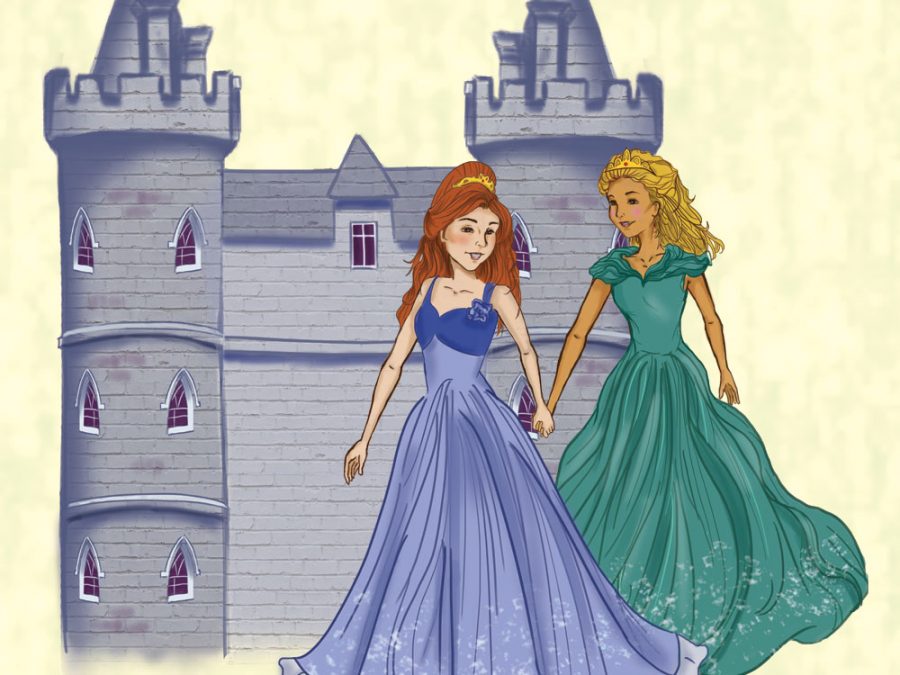Art by Dzung Nguyen
The heavy aroma of buttered popcorn overwhelmed sophomore Isabel Thoroughman’s senses as she situated herself into a seat in the middle of the movie theater. She placed her soda in the cup holder and pulled her sweater closer to her shivering body. Despite the cold, Thoroughman was a bubbling mix of excitement and anxiousness, as she was ready to see her favorite childhood Disney princess, Belle, take over the big screen with a live-action adaptation of Beauty and the Beast.
Suddenly, the lights dimmed and Thoroughman was sucked into the French countryside complete with a charismatic princess, a hard-headed beast and the heartfelt feeling that can only come from a Disney film.
“I loved it because it was a pretty accurate but more realistic version of the classic animated film,” Thoroughman said. “Emma Watson was beautiful as usual and the outfits and set were everything I wanted, Belle’s dresses especially.”
Thoroughman left the theater with a soaring heart. Everything, from the acting to the screenplay, had been perfect. Thoroughman particularly enjoyed the small, but meaningful representation ofan LGBT character
“It had the kind of representation [the LGBT community needs]. LeFou was gay, and that was just a thing that happened, not some huge deal. I loved how he ended up dancing with a guy, it was adorable. I don’t think it was distracting, and I can’t really see how it could be. Lefou was completely loyal to Gaston until the end, so he was the same character [as the original movie], just with the new motive of infatuation instead of just friends,” Thoroughman said. “I also adored the part when the wardrobe dressed three men and two ran away screaming but one of them liked it. [That is a] perfect example of subtle inclusion, showing it was okay to like dresses even if you’re a guy and despite audiences’ potential criticism. We absorb social norms like [gender cues] through media.”
Movies like Beauty and the Beast are just small components in the massive influence of today’s media. The mass of the media stretches to advertisements, social media, books and literature, things which Americans view on the daily. From her personal experience with these outlets, Thoroughman says books are the only media source that has an accurate depiction of the lesbian, gay, bisexual and transgendered (LGBT) community, while the other media sources rarely scratch the surface.
“I don’t often see [LGBT people] portrayed in the media but when I do it’s usually stereotypical. [There’s] no representation of people of color and gay men are feminine and gay women would be masculine when, really, being LGBT is separate from your personality,” Thoroughman said. “[When this stereotyping happens] it makes me angry. Characters that are LGBT don’t get the same character development and so don’t give a proper representation of a real, three-dimensional person.”
Jay Sennett, Publisher and Co-Founder of Homofactus Press, a publishing company whose main focus pertains to transgender men with a special emphasis on communities of color and disability communities, sees the mainstream media as a place poisoned by fraudulent and conventionalized interpretations of the LGBT community. While, he admits, there has been a bit a progress in more authentic LGBT characters as of recent, he says the media’s only revealed a single karat in a gold mine.
“I do believe there is underrepresentation. Media makers create images of what they know. Unconscious and semi-conscious biases direct them to recreate themselves, even in LGBT images. The media tends to portray very white, mostly male, largely positive images of us. When I say positive, I mean portrayals where a LGBT character either never experiences hate-based violence or discrimination, or, if they have, they have overcome it,” Sennett said. “[The media should] depict bisexual men and women who embrace their bisexuality, who are neither closeted gays or lesbians nor are they unable to be monogamous. Create media images of all the varieties of trans people. Show LGBT people of all ethnicities living proudly with disabilities.”
To Sennett’s delight, there’s a test to analyze how LGBT characters are included within a movie called the Vito Russo test. The criteria to passing this assessment is set in three, straightforward rules; the film contains a character that is identifiably lesbian, gay, bisexual, and/or transgender. That character is not predominantly defined by their sexual orientation or gender identity, and the LGBT character must be tied into the plot in such a way that their removal would have a significant effect, meaning they are not there to simply provide colorful commentary, paint urban authenticity or set up a punchline.
Passing this assessment should be simple, sophomore Ethan Hayes thinks, as straight/non-transgender characters are not solely defined by their sexual orientation for the duration of the film. Yet, according to Time, barely any do. In 2015, out of 126 major movie releases, 22 of which had LGBT characters, only 8 movies passed the Russo test. That’s 36 percent. For a test with only three requirements, Hayes thinks it’s absurd many movies don’t pass.
“I’m glad the test is there though, I think the test holds [a] movie accountable to add in depth analysis to LGBT characters, but I don’t want people to think that because a movie failed the Russo test that the movie is trying to make fun of a gay person for being gay,” Hayes said. “If a movie fails the Russo test, that doesn’t mean their accessorizing gay characters, they might just be making fun of that person and that person might happen to be gay.”
Aside from movies, books and literature are colossal platforms for LGBT representation. Unlike movies, books can be easily accessed at RBHS, where shelves upon shelves of reading material fill up the library. Media specialist Beth Shapiro knows how significant a novel related to one’s experience can be, which is why the RBHS library has 160 books that touch on the LGBT community, fiction and nonfiction alike.
“It’s crucial for people to be able [to] see themselves reflected in books, so it’s important to have a collection that is comprised of diverse books that represents its readers. Here at RBHS we of course have LGBT students, and I want them to feel comfortable discovering books where they might have a shared identity with a character. Adolescence can also be a time of introspection, and I hope that questioning students can find resources that help them navigate their journeys,” Shapiro said. “Additionally, it is valuable for anyone to read about people whose experiences and situations are different from their own. Identifying with characters and, alternatively, recognizing these differences among individuals are key components that contribute to how we develop as human beings who are able to relate to and empathize with others.”
No matter the type or source of media, Sennett believes truth conquers all, and this applies especially to the LGBT community. LGBT people have more to offer than a punchline, he said, and certainly contain more defining and realistic characteristics than being gay or transgender.
“The goal is truth,” Sennett said. “We can reach this goal by supporting small presses, independent movie and theatrical productions and poets and writers and other artists for whom the truth of LGBT lives is their overwhelming focus and narrative.”
Likewise, Thoroughman sees the media as a huge platform for positive change, which can only happen if media outlets show the true identity and full well-roundedness of LGBT people.
“[I think accurate representation is] to have LGBT characters be just like any other character in a show or book and to show people that being gay is okay and normal,” Thoroughman said. “I think it’s important to get rid of the prejudice around being in the LGBT community and representation is a big part of that because the media is a big part of daily life.”
How do you think LGBT representation has changed? Leave a comment below?






























































































Amanda • Nov 9, 2017 at 12:24 pm
It’s unfortunate that media often relies on stereotypes rather than meaningful character development to create characters who have something unique about them. I see a similar problem with the representation of minorities in media. Being of Sri Lankan descent, it’s rare to see anyone with even my skin color represented in pop culture, much less my ethnicity. When I do see characters that look similar to me they are almost always represented using some cliche, like the math nerd or the kid with the overbearing Asian parents.